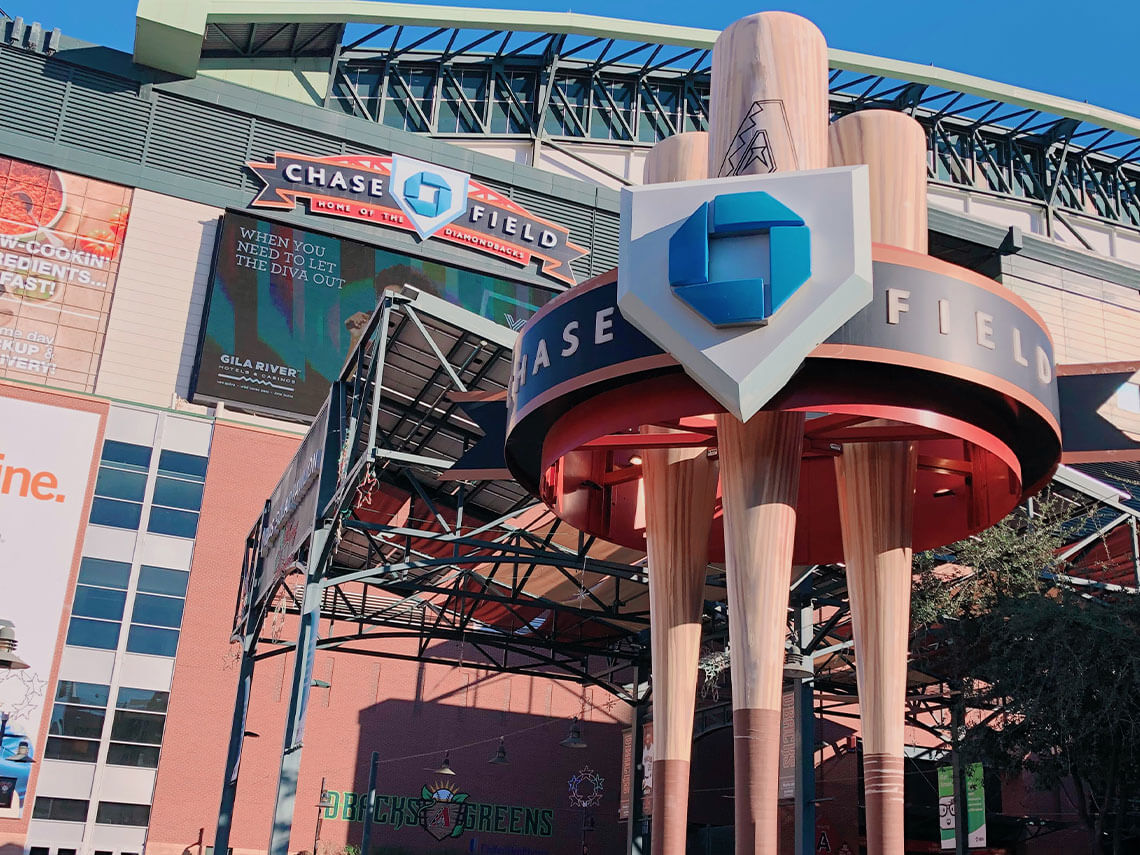There’s nothing like going to a sports stadium to watch your favorite game. The atmosphere, the fans, the beer, and of course the game itself make for a one-of-a-kind experience. With arenas and fields housing this high-octane excitement, constructing a complex that fits the team’s and fan’s needs is essential for the franchise’s success. Renovations to the sports stadiums and construction of the ballpark depend on sufficient funding, with most of it coming from public sources. This makes it imperative to have a group of advocates, such as Dorn Policy Group, to provide assistance in voicing concerns to key government officials.
Where Does The Money Come From to Construct Sports Stadiums?
Major league sports in America are in the midst of a major restructuring. There have been several new teams that have entered the major leagues, as well as several relocations. They’ve all either needed to renovate stadiums that were in their respective cities, or completely construct new ones that meet their requirements.
Most of the money comes from public sources. The subsidy starts with the federal government, which allows state and local governments to issue tax-exempt bonds to help finance these sports complexes. It lowers interest on the debt and as a result, reduces the amount cities and teams are paying for a stadium. However, that money comes from taxpayers, so municipalities must consider what is in the public’s best interest.
How Sports Stadiums Impact a Cities Economy
“Build the Stadium – Create the Jobs!” exclaimed the San Francisco 49ers as they campaigned for a new stadium in the 1990s. Building stadiums create a lot of buzz, but do they truly impact the local economy? Proponents claim having sports facilities improve a city’s wealth in four ways.
- As the 49ers said, building new stadiums creates jobs in construction, maintenance, customer service, and engineering.
- People who attend games or work for the team will produce new spending power within the community, which will expand local employment.
- Teams attract tourism to the city, further increasing local spending and jobs for the community.
- All of the new spending will have a “multiplier effect,” where the increased local income will cause more spending and job creation.
Advocates argue after the team’s successful launch, they will create so much economic growth they will become self-financing. However, proponents believe the four benefits can be overstated. Economic growth occurs when a community’s resources become more productive. Building sports stadiums is only good for the local economy if a stadium is the most productive way to make capital investments and use its workers. According to the Berkeley Economic Review, the average stadium makes $145 million per year, with none of the revenue going back into the community.
Dorn Policy Group: A Shutout Lobbying Firm
Ballparks will naturally have a big impact on the local economy. It is a long, grueling process to construct and renovate a stadium that hangs entirely on the shoulders of local government officials. At Dorn Policy Group, we will advocate on your behalf to ensure the right people hear your concerns. Contact us today to learn how we can help your organization fulfill its goals.

